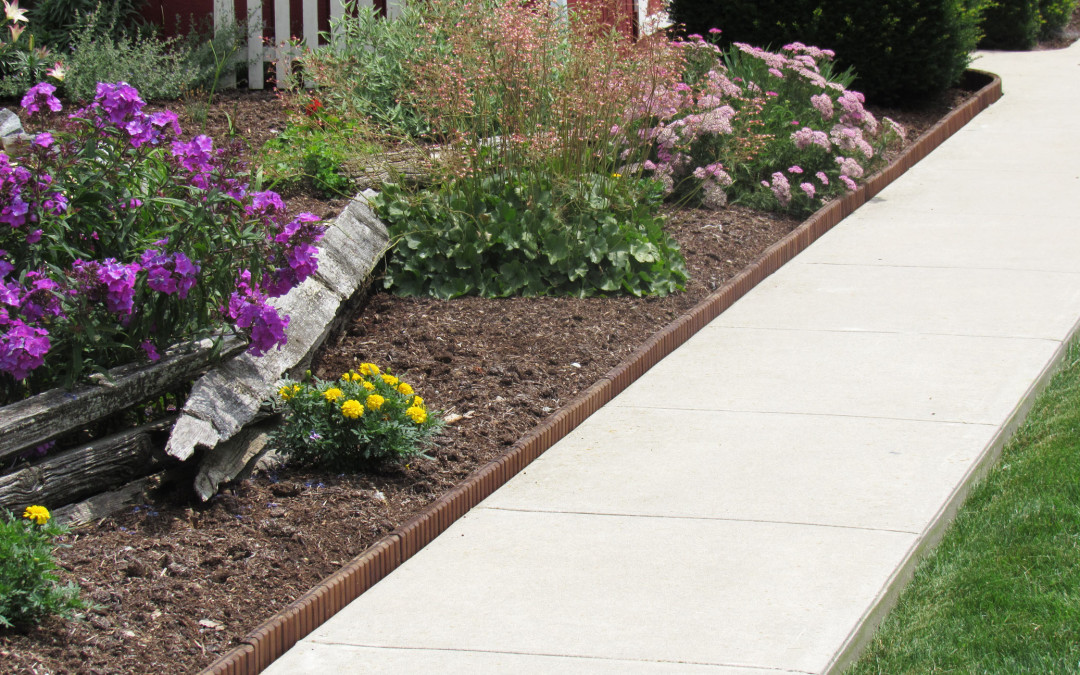When designing landscape plans, most people overlook garden edges and border whereas it should be considered a necessity if you intend to create a neat, attractive, and maintainable landscaping areas. Nobody will be attracted to a border less garden that is spilling out of its bounds. In fact, it will look messy and jumbled. You can make your landscape look neater, stylish and unique with these three garden borders and edging ideas below. Edging landscape will not only make your garden look neat, but it will also reduce the time you would have taken to maintain it.
Garden Borders and Edging Ideas
1. Wood
Wooden landscape borders vary in style ranging from natural ones to decorative ones. The most common wooden landscaping edges are timber and logs. The wooden edges need to be treated to prevent them from deteriorating because of weather. However, once you treat, don’t fit them very close to the plants as they may affect beneficial insects as well as plants. The best thing with wooden edges and borders is that they are environmentally friendly and also enriches the soil. They help create a natural appearance, especially in a wooded setting.
2. Brick
Brick and concrete are widely used in creating borders and garden edges. They come in several styles, and they help create interesting and formal patterns as well. They work well in many settings and can survive for many years because of their resilient nature. Brick works well in curved gardens while concrete can be ideal for straight landscapes.
3. Stones
They best thing with stones is that they can sourced from just the local surrounding and can offer extremely natural-looking edges. They can produce very attractive borders if done properly. The best way to arrange them is to lay them down in a way that they form a mini-walkway between the lawn and the garden. They are weather resistant and will not deteriorate even during severe winter weather.
The bottom line
Whatever garden edges or borders you choose; it should complement the surrounding rather than compete with the other elements. An attractive lawn border can define lines between beds, frame a landscape and also give a landscape shape and structure.


Recent Comments